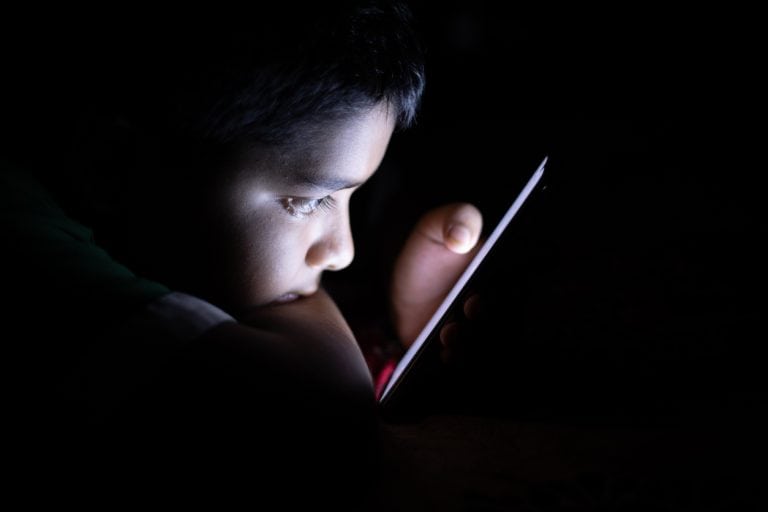It wasn’t until I had a daughter on my own that I realised what was going on in kids’ culture. Try going to the children’s section at your local department store and count how many colours there are in the girl’s section. Good luck finding anything that’s not pink, or branded princess, fairy, ballerina or some weird looking feminised insect. It’s really like everything has been dipped in sirap bandung. I cringe every time I walk past them. These were the things I worried about even before my daughter was born.
The “princess phase”, as it’s called, has become a natural milestone in a little girl’s life much like crawling, walking, and talking. And then, suddenly, she is a princess. Not the royal kind of course, but the heavily-marketed and commercialised “Disney” variety.
I’m not anti-princess, but I am against the connotation it brings. Princesses in fairy tales are always damsels in distress, who wait to be saved by a prince charming and then live happily ever after. Not to mention the big focus on external beauty that a princess has to be perfect all the time with her silky smooth hair and skinny body. These images become the model of femininity that girls — from a very early age — learn to emulate. Girls are constantly bombarded with this message: Women in our society are valued based on their physical attractiveness and they can only be happy in their attachment to men.
When my husband and I learned that we were going to have a daughter, we were determined to not have anything ‘princessy’ around her. We painted her room blue, bought a brown baby cot, and we’ve been trying to be as gender-neutral as possible when it comes to her clothing. One thing we know for sure is that we don’t want our daughter to fall into the gender stereotype: a girl has to always wear dresses, play with make-up and squeal when she sees something in pink. For the last 14 months, it’s worked pretty well. Now that she doesn’t have any friends yet except us – her parents – and thus no peer pressure.
But what if one day she came home from a play-date and told me her best friend is having a Cinderella-themed birthday party and that she wanted one too? Should I let her have it? Maybe, but only if she insists on having it over a million other themes. But before that day comes, I’ll make sure that mummy’s make-up set is not the only thing she’s exposed to. I’ll make sure that she climbs trees, pet some turtles, swim in the river and kick some balls in the park. I’ll make sure that this “princess phase” is just a small part of her world.
Although I’m sick with the incessant marketing effort of this princess industry, it’s almost impossible to shield our daughters from the princess culture altogether. We need to find a balance. Maybe the best we can do is to make sure that they get the right messaging. Tell them that real-life princesses are quite accomplished – they can speak several languages, have excellent manners and possess formidable diplomacy skills. If they’ve already fallen in love with Disney princesses, then to broaden their perspective about princesses, take them to see Mulan, a movie about a girl who joins the army to take the place of her elderly father, or Pocahontas, who loves nature and adventure.
Yes, we all want to raise an empowered girl who can play football as well as play dress-up. An independent girl who thinks that being intelligent is far more attractive than being so caught up about her beauty and body image. To achieve that, we can try to shape and direct them. But ultimately, our child is a person whose opinion needs to be respected.
One thing that parenthood has taught me, if nothing else, is to be flexible. I realised that there’s almost no fixed formula in parenting. So if one day my daughter decides that she likes princesses, I’ll try my best to be there for her and guide her through it all. I believe there are still plenty of positive messages we can point out in those stories. Allowing our girls to enjoy just being a kid, dressing up and playing make-believe is sometimes the best we can do.
Note: The title is in reference to Cinderella Ate My Daughter by Peggy Orenstein.
–
Julia Taslim is mother of a feisty toddler who loves everything spicy. In her free time she likes to go picnic and explore the woods. She spends her time between Kuala Lumpur and Jakarta.
Image Credit: Flickr user salimfadhley











